-
×
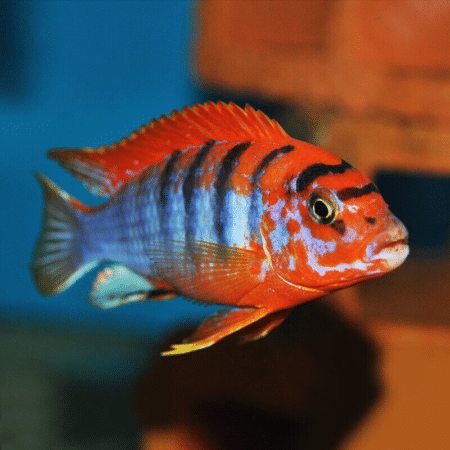
-
×

-
×

-
×

-
×
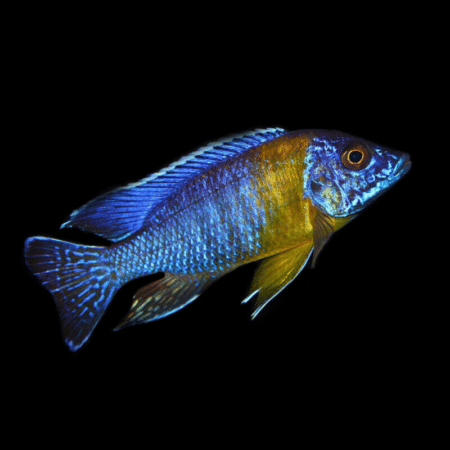
-
×
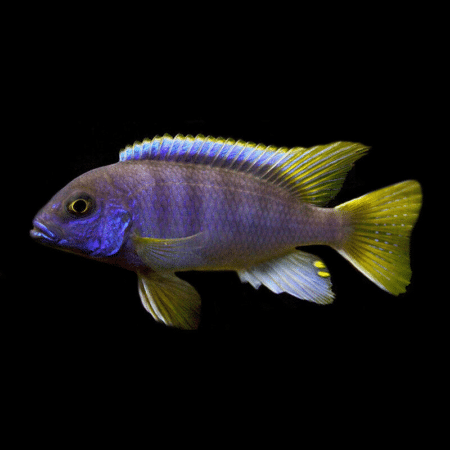
-
×
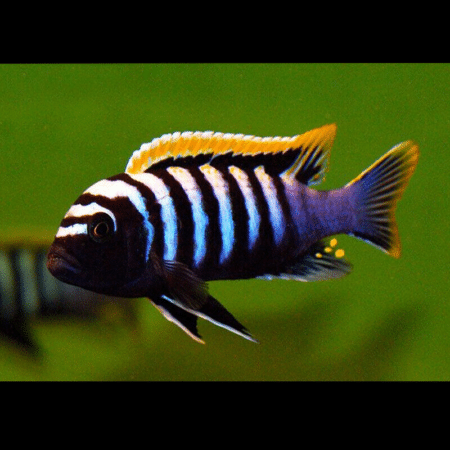
-
×

-
×
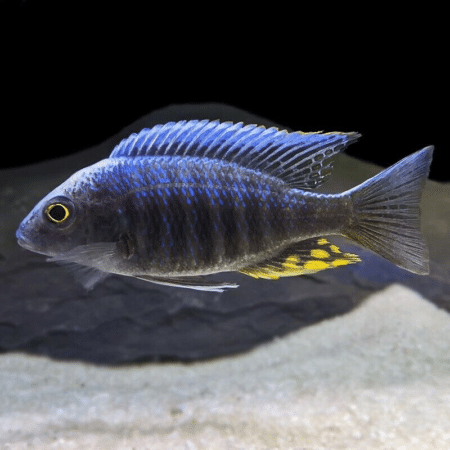
-
×

-
×

Subtotal: £443.26

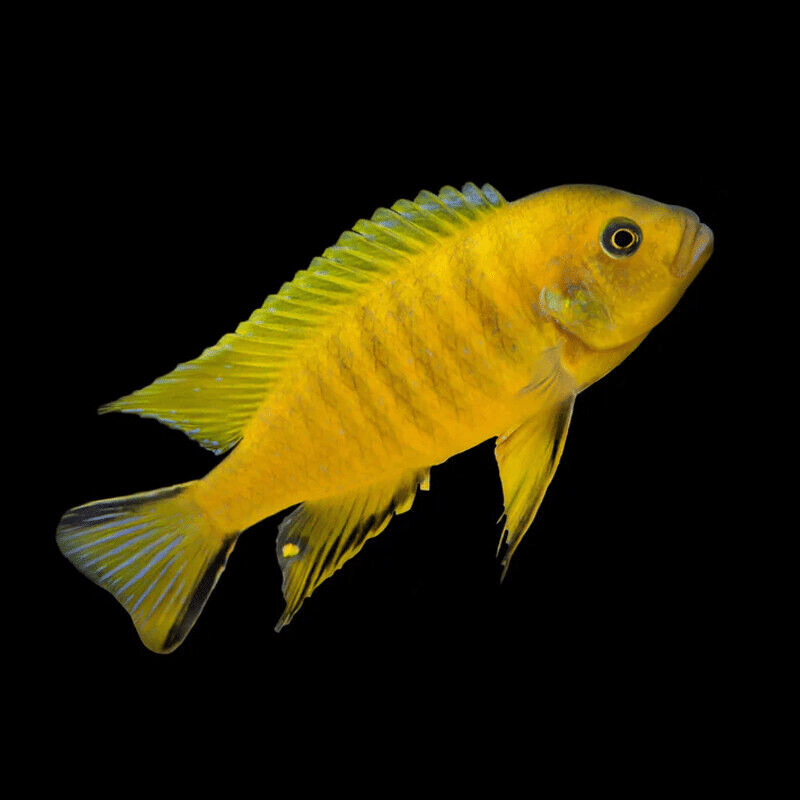
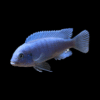









Emily Carter (verified owner) –
I recently added the Doctor’s Daktari Cichlid to my aquarium, and I couldn’t be happier with my decision! After having them for about two months now, I’ve noticed a significant boost in the activity levels of my tank. These Malawi fish are not only stunning with their vibrant hues, but their playful nature brings so much joy to my home. I feed them a high-quality cichlid food, which they devour! It’s wonderful to see them thrive and interact with each other.
I had previously tried keeping other cichlids, but none have shown the same resilience and character as the Daktari. Their social behavior and adaptability are top-notch! However, I did find that they can be a bit territorial, especially during breeding season, so it’s important to provide ample hiding spaces in the tank.
I highly recommend the Doctor’s Daktari Cichlid for anyone looking to enhance their aquarium experience. They are perfect for both seasoned hobbyists and beginners who are ready for a little challenge. Just be sure to monitor their tank mates carefully. Overall, fantastic fish that have brought new life to my aquarium!